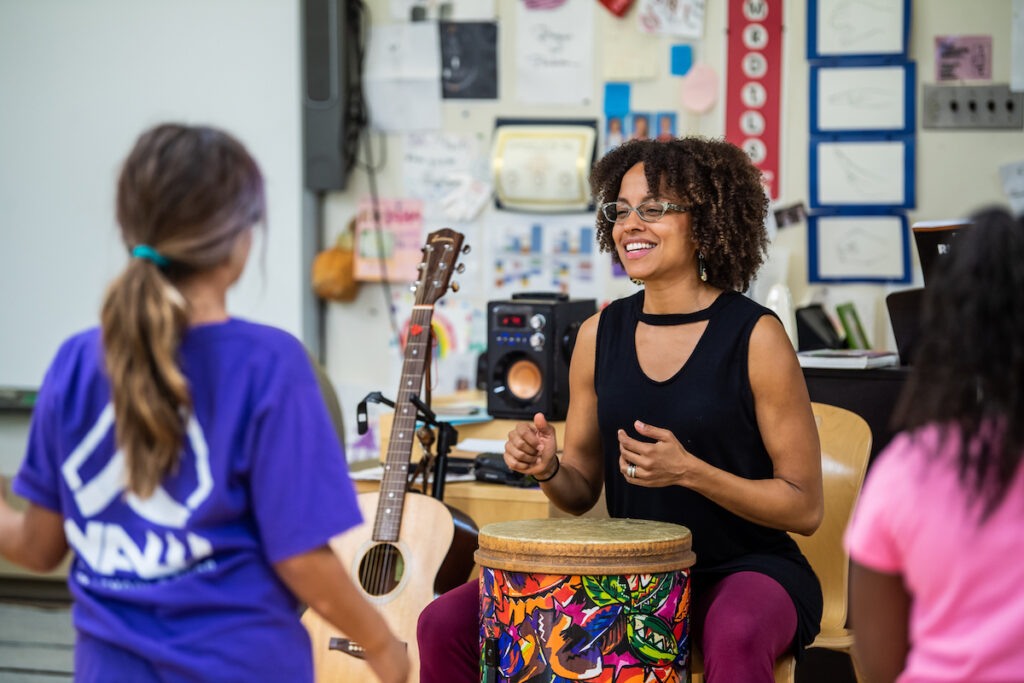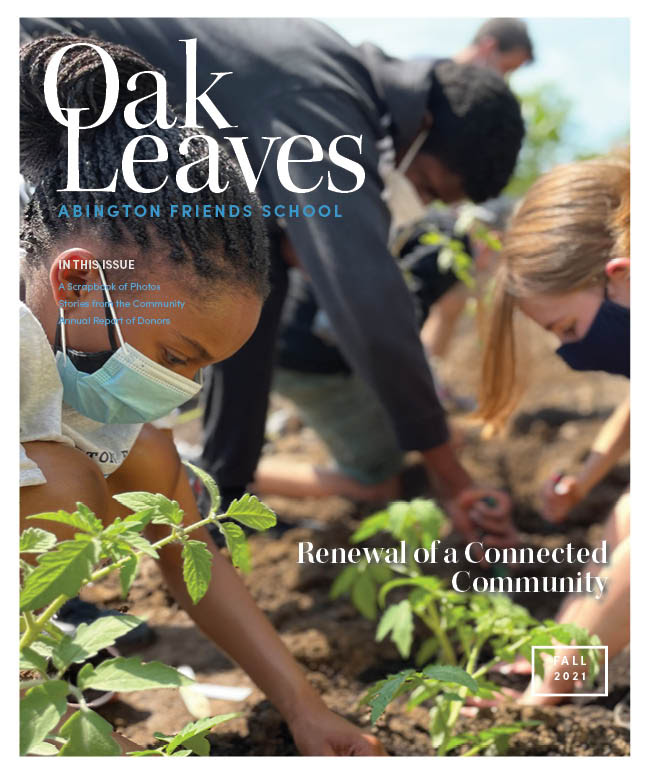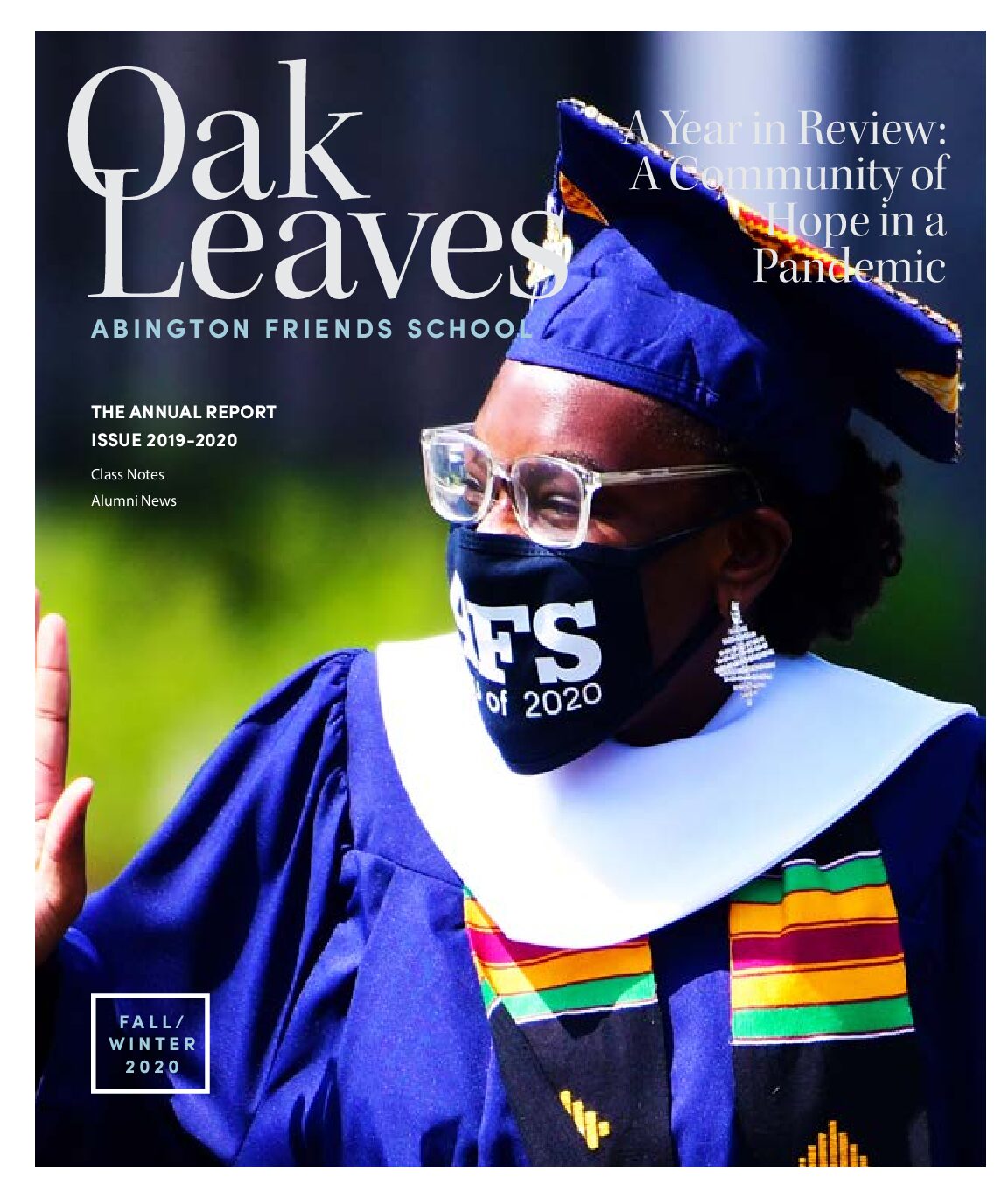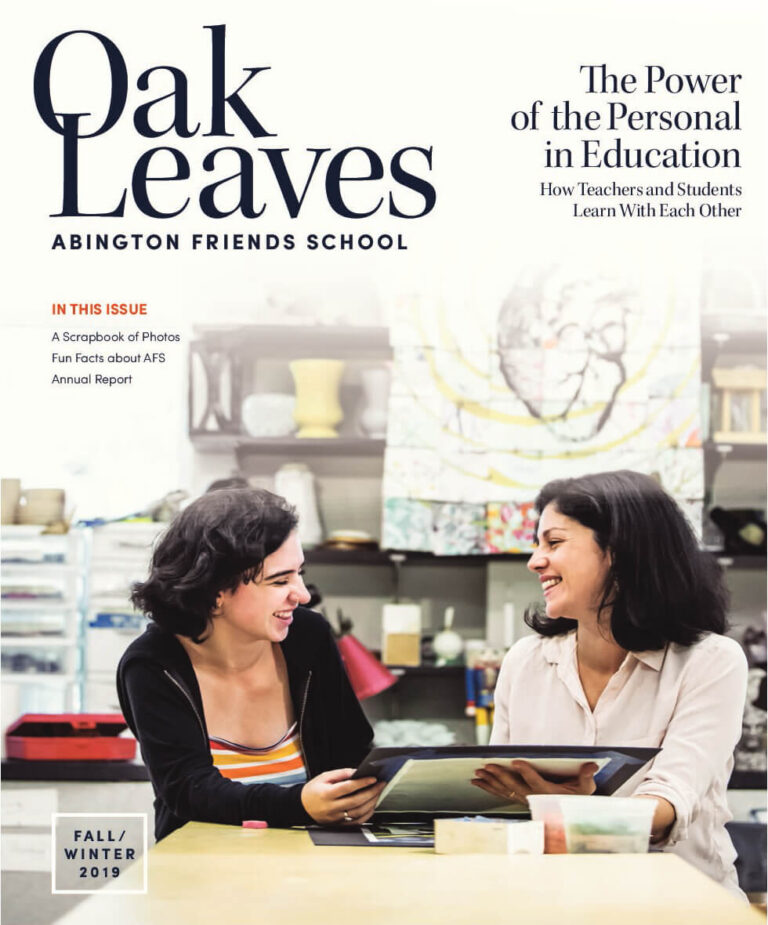Try, Try Again: The Best Kind of Challenge
1
Try, Try Again: The Best Kind of Challenge
by Keisha Hirlinger P’26 P’29, AFS Lower School Music Teacher
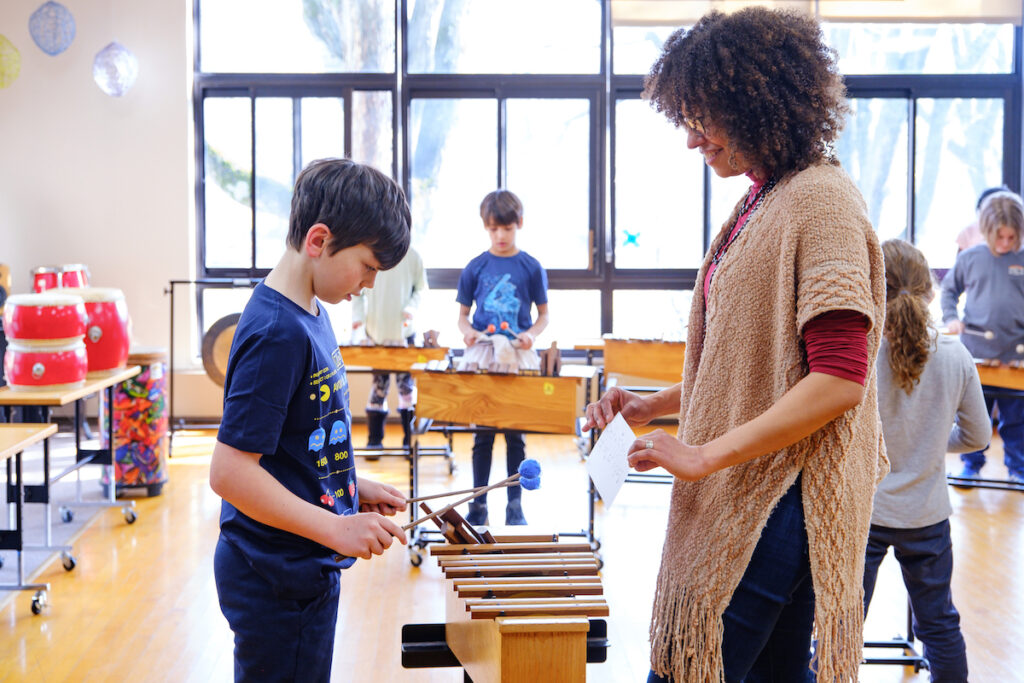
“Mistakes are proof that you’re trying.”
“Progress, not perfection.”
“The expert in anything was once a beginner.”
“Be kind to yourself.”
I searched for these affirmations for my students to hang around my classroom to remind them that everything is a process and that mistakes are a part of growing and learning. Through it all, we must be gentle with ourselves.
Several weeks ago, I presented my fourth-graders with a challenge when they arrived at music class. I told them that we’re going to learn a new folk dance and that this one was going to be more challenging than the ones they had learned previously. I explained that it was going to be messy and imperfect but that if they gave themselves a chance, they would feel they had accomplished something amazing by the end.
We practiced the dance slowly, in parts at first, reviewing it several times. By the middle of the lesson, everyone started to get it. Over the course of the next few lessons, we continued to revisit the dance, reviewing, practicing, making mistakes and starting again. All the while, I reminded them that this was the frustration that I talked about and that these were the mistakes I told them would come.
My students knew I wasn’t going to give up or stop just because it was getting hard. After a few lessons, they got it. At the end of class, students smiled with pride in themselves and one another, and we reflected on how this is something they can take with them outside of the music room. When they’re having a difficult conversation with a friend, are muscling through a math problem, or struggling to find the right word for a writing assignment, they can remember that they can and have done hard things.
There are multiple ways in which a student can demonstrate their knowledge and take risks in music class, whether it’s singing in a call-and-response with a teacher or echoing a rhythmic pattern on a percussion instrument. It might be creating something on the spot, improvising, using specific rhythms or creating a tune for a class composition. All of this takes courage, and each student is bringing something unique and special with them when they arrive in my classroom. While we might arrive at the same place at the end, we do not always follow the same path or share the same timeline. And all of this is welcomed and supported. What I hope is that every student feels seen and heard in my space and safe to bring their whole selves to my room. This relies both on my support of my students as an educator and a school culture that invites experimentation, risk-taking and making mistakes.
I tell my students that I don’t expect perfection, but I expect their best effort. I make mistakes and name those mistakes out loud in front of them so that they know I’m also learning, working and trying. I also give my students opportunities to experiment, whether it’s creating those improvised rhythms in second grade or creating their own compositions and figuring out what notes to use on the xylophone in fourth grade. I provide opportunities for them to experiment through trial-and-error, starting and failing, and trying again. All the while, I remind them that this is all a part of the journey to getting to where they want to go. This gives students a real sense of autonomy, ownership and pride.
I feel the most accomplished and proud when my students no longer need me, whether that’s singing a song on their own and getting that tricky entrance or playing an entire piece without me reminding them of anything. Our classrooms are microcosms of the workplaces that they might find themselves in as adults. How will they hear other people’s ideas? How will they manage their frustration when they do not see eye-to-eye with a collaborator? How can they put the project and the collective well-being at the center so that their group and ensemble is successful? These are the kinds of skills I have seen develop both with delight and awe from as young as 8 years old in my space. It’s these kinds of interactions and skills that give me hope for the leaders and peacemakers of tomorrow.
When I envision the future of our school, I see a community that’s committed to inclusivity and belonging at its core that radiates and resonates systemically through every aspect of the school. From the ways in which we create schedules, to intentional breaks, moments of silence and reflection, places for real restorative justice and conflict resolution. AFS is full of spaces where deep and meaningful collaboration, learning and discernment can take place. It is a place where we make time for the real intentional work of social justice that will lay the foundation, be the bedrock of our institution and from where we draw our commitment to providing an education that feels like it is made for and by all.
If we can approach the future of AFS with the same mindset we encourage in our students, one of growing curiosity, wonder, resilience, and the courage to fail and try again, then I think we are poised to meet the future with a great deal of strength and possibility.
